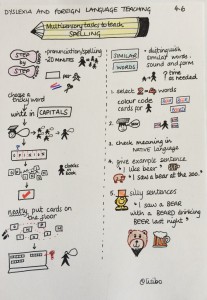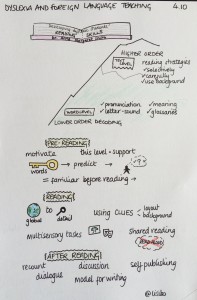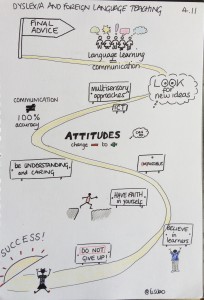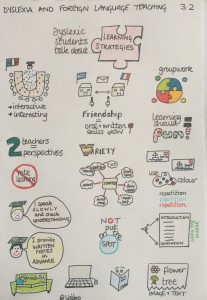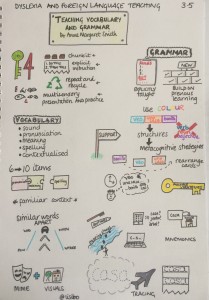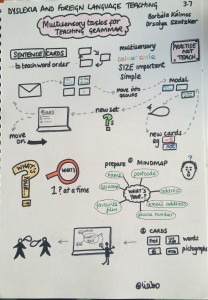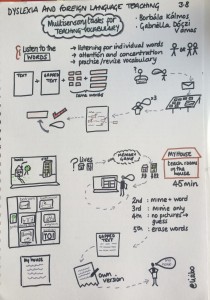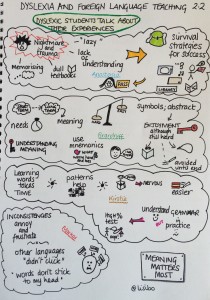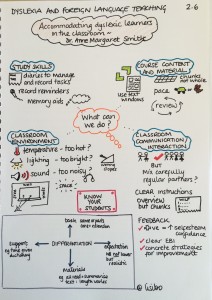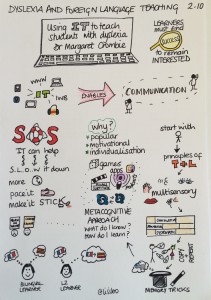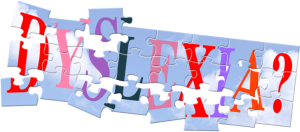
Image from www.dyslexialincs.co.uk
I’m currently doing a MOOC (massive open online course) with FutureLearn called Dyslexia and Foreign Language Teaching. It’s a four week course and is free to do. I know that quite a few people from my PLN, whether on Twitter or Facebook, are doing it too, and the participants represent a range of languages as well as phases.
It’s proving very interesting and I’m discovering that, whilst I do many of the things that are suggested as being helpful, I also do some unhelpful things that I thought would help.
To help me internalise things, I am sketch noting each video I watch and, whilst I have shared them on Twitter and in the Language in Primary Schools Facebook group, I thought at the end of each week I should share them here too.
So, here’s week 1 which started by considering some common assumptions and beliefs before looking at the theoretical concepts and issues related to dyslexia and other specific learning differences (SLD); I prefer differences (UK) instead of difficulties or disorders (US).
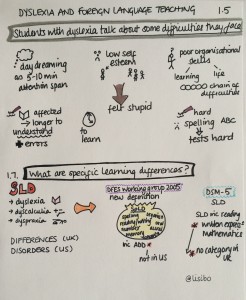
1.5 – Students with dyslexia talk about some difficulties that they face

1.8 – The effect of dyslexia on language learning (Dr Judit Kormos)
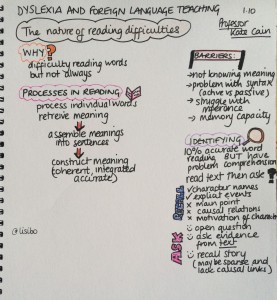
1.10 – The nature of reading difficulties (Professor Kate Cain)
During one of the modules for this week we were asked to use our non dominant hand to copy out a text in 3 minutes, with the lined paper on its side and substituting certain vowels for symbols in order to discover what it might be like for a dyslexic student to write under pressure. Oh, and to stand up too whilst we did it. Below is my attempt. It was very hard and very frustrating!

Week 2 follows soon!


